Yoko Ono’s Life & Work Explored in Comprehensive Book—Author Interview
by Best Classic Bands Staff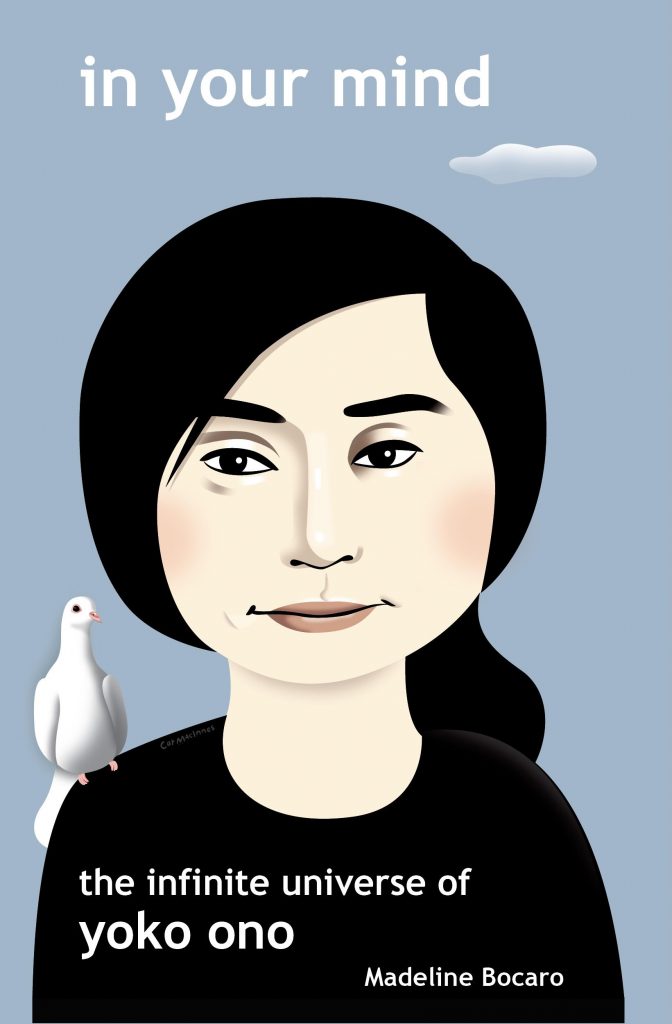 A recent book devoted to Yoko Ono, the 558-page In Your Mind—The Infinite Universe of Yoko Ono, is described by author Madeline Bocaro as being for “superfans of Yoko’s art, music and activism. It is also for anyone who is seriously interested in learning about this extraordinary woman.”
A recent book devoted to Yoko Ono, the 558-page In Your Mind—The Infinite Universe of Yoko Ono, is described by author Madeline Bocaro as being for “superfans of Yoko’s art, music and activism. It is also for anyone who is seriously interested in learning about this extraordinary woman.”
The unauthorized account of Ono’s life and work, including her art, music and films, also explores her eternal partnership with John Lennon, their incredible love story and all the work they did together.
Best Classic Bands spoke with Bocaro about her reasons for writing the 2021 book and why she feels the world is finally coming around to understanding this perennially controversial figure who was born on Feb. 18, 1933.
Best Classic Bands: Why another book on Yoko? What will we learn about her from your book?
Madeline Bocaro: There is so much more to Yoko’s extraordinary life than most people know. There is no other book that encompasses all aspects of her life and work. There are fascinating historical facts about her life as a war child in ravaged Tokyo during WWII. We explore her privileged yet lonely childhood. Many of her relatives were extremely wealthy aristocrats, artists, musicians and history-makers. Some descended from nobility. John Lennon identified with the story of Yoko’s great-grandfather, billionaire Zenjiro Yasuda (recognizing many parallels in their lives) before learning that Yasuda had been assassinated by a rebel.
Her art (rarely explored in depth as much as it is in this book) led to one of the most infamous modern love stories—when she met Lennon.
Every one of Yoko’s albums and songs is presented in detail, along with her “Unfinished Music” recordings with John, and the songs that he wrote about her. We examine Yoko’s classical training and musical influences. The avant-garde concerts that she hosted at her Manhattan loft in 1960-1961 are discussed. There is a view of Yoko’s early associations with notable Fluxus and avant-garde artists and composers in New York and in Japan in the late 1950s/early 1960s.
I profile her three husbands; composer Toshi Ichiyanagi, Tony Cox (who absconded with their young daughter) and of course John Lennon. I discuss each of her films, events and her activism. The harassment of the Lennons by the FBI and John’s deportation case essentially ruined their lives. Their 18-month separation “didn’t work out.” Their time living in the Dakota, John’s violent death and the difficult aftermath are explored… and that only takes us to 1980! Yoko has accomplished so much more in the ensuing 42 years, all of which is the book!
You describe the book as a “love letter to Yoko” in the intro. Tell me about your attraction to her as a person and artist. Why do you love Yoko?
As a child, I completely identified with Yoko and her art—an adult with a childlike purity of intent. The omnipresent John and Yoko permeated my childhood in the 1960s and ’70s, uplifting and teaching me more about life than any pop star or guru ever could. Together with their music and work, they were my rock. They both understood the power and responsibility of celebrity. John and Yoko always radiated positivity and humor, with a wink and a smile. Ultimately, they always told the truth. Yoko told Playboy in 1980, “In India you have to be a guru instead of a pop star…Guru is the pop star of India, and pop star is the guru here.” There was also my great love for the music.
The book isn’t a bio, although it does include biographical material. How would you describe the content of the book, the way the chapters are organized, etc.?
It’s a collection of short stories I have written over many years, to explain Yoko’s work to friends and fans. Realizing that I had enough material for a book, I assembled it chronologically. I mostly enjoy books written by fans, rather than complex intellectualizations by analytical critics, professors or historians. My style is straightforward—unveiling all aspects of her personality. You can read each short chapter alone, or skip around without losing the plot. Readers are finding it uplifting. They read their favorite chapters again each night before bedtime. Some say it’s like reading Yoko’s book Grapefruit over a long period.
How long did you research the book?
My book includes details and insights, which could only come from a lifetime of growing up loving and understanding Yoko. It took five years to compile the stories that I had previously written. I did not conduct interviews, not wanting to base anything upon speculation. The “talking heads” are only Yoko and John, their son Sean and a few others (all from published interviews) backing up all the facts. They include Pete Townshend speaking in 2015 of Yoko’s influence. He sees her as an agitator, a revolutionary, using peaceful techniques to shock us into a reaction, with a constant desire to save the world. Phil Spector is quoted, talking about the deep love between John and Yoko. Paul McCartney’s (published) recollections and his role as the first Beatle to have met Yoko are important. Paul’s little-known part in reuniting Yoko with John after their separation, and his words about his own relationship with Yoko after John’s death are invaluable. I assembled these perfectly fitting puzzle pieces to tell a true and cohesive story.
There are numerous quotes from and about Yoko throughout the book. Where did you find all of these?
Most of Yoko’s own words are from published media sources in my archive, all of which are cited. I can recall when Yoko had spoken about certain topics, and grabbed her quotes from various media, which I have collected for decades: obscure and popular print, news and audio interviews and her social media. I included Yoko’s own voice because she is always eloquent, poignant, observant and at times very funny. Most journalists did not allow Yoko to speak much about herself. They mostly asked her questions about John or the Beatles.
It is no secret that she has been a controversial figure since she met and married John. How (if at all) did you deal with the negativity that she has had to endure all these years? How has she dealt with it?
The years of negativity about Yoko and/or her work were upsetting. When I witnessed Yoko laughing at a harsh review (the writer referred to her song “It’s Time for Action” as “It’s Time for Aspirin”), I realized that it was OK for me to laugh as well. The negativity ultimately invigorated Yoko. She told The Toronto Herald in 2013, “There have been so may painful things in my life, but I think the way you think about pain makes a big difference. In my case, the approach is a bit like acupuncture. Lots of little stabs. That’s why I’m healthy now.”
Related: When John and Yoko helped Jerry Lewis
In a reversal of events, she even had trouble with her parents’ non-acceptance of John Lennon! John met her parents in January 1971 at their home in Japan, just one year after the Beatles had split. Despite his worldwide fame, Yoko’s parents were not impressed by John, who had no idea about his wife’s family heritage of nobility and prestige. Upon learning that their daughter was marrying a working-class guy from Liverpool, her elitist family made a statement to the Japanese press saying, “We are not proud of Yoko Ono.” Yoko told The Times in March 2010, “He just went to my parents’ place unshaven, and wearing an army-surplus coat… very rock’n’roll… looking like a bum… My family was not enamored. If some families had a son or a daughter involved with the Beatles, maybe they would say, ‘We’d like to meet that guy, we’d like to be invited to a Beatles concert.’ There was none of that, of course.”
When John was murdered in front of his home on December 8, 1980, at the age of 40, Yoko saw it happen. Their son Sean was five years old. We see Yoko’s devastation, her eventual resilience, and the positivity that she maintained. Having the responsibility of raising their young son alone kept her going. Sharing John’s music with the world, protecting his legacy and perpetuating his message helped her to heal—just enough to return to her own work. Although she had quickly returned to recording, she put her work as an artist on hold for 17 years.
Watch Yoko and son Sean perform “I’m Going Away Smiling” on The View in 2009
She cared deeply about John’s fans. Highly disturbed by the suicides after John’s death, Yoko reached out and comforted others amidst her own unimaginable suffering – so that it might stop. A girl sent Yoko a letter, saying that December 8th, the day of John’s murder, was her birthday. Yoko answered, telling her not to be upset but instead to celebrate the day, because not only was it the day that she came into this world, but also the day that John’s spirit was set free to travel the universe. Yoko continued to send this girl a birthday card every year for decades.
In 1969, Yoko jammed with three guys named John, Paul and Ringo.
If I wanted to turn someone from a Yoko critic into a Yoko fan, how should I start?
Unfortunately, the haters who need to learn the truth probably will not read my book. It’s a shame, because it would enlighten them. It’s an amazing life story. They already know all the characters and circumstances. I have undeniably debunked the mistruths that they have been perpetuating. Yoko has continued to give us the gift of John’s music and art, and has extended his legacy for decades.
The chapter titled “Always Awake and Always Dreaming” shares her brilliant observations, her philosophy, and unique survival mechanisms which can serve us all. “Queen of the Scream” reveals the meaning behind her vocalizations and her classical music education and training, all extremely interesting. “Woman Power” explores her feminist activism and her deep relationship with John Lennon. There’s a fun piece titled “Yoko’s Style,” all about her fashion sense, including the black Porsche shades that she wore most of the time, and how that came to be. The “Premonitions” chapter explores Yoko’s many eerily prophetic messages throughout her life and work, which sadly came true.
Related: A “lost” interview with Yoko, from the Dakota
As everyone is now learning, Yoko did not break up the Beatles. In fact, she felt a tremendous wave of fear when John Lennon quit the band in September 1969, six months after their wedding. Yoko was concerned that her artistic freedom would be compromised if John was no longer occupied with the band. She had always been an independent artist, and had never collaborated with anyone. She told photographer Richard DiLello in 2009, “I felt like my power was halved.” She agreed with his suggestion that John’s power was perhaps doubled. Yoko was nervous and concerned when John told her, “Now it’s you and me!”
Watch Yoko Ono and John Lennon perform We’re All Water” on The Dick Cavett Show
When most people think of Yoko, the first thing that comes to mind is “John’s wife.” But she had an art career long before she met him and has continued to have one (including her music) long after his death. She has also continued the work that the couple did toward peace. How does John Lennon, and Yoko’s relationship with him, figure into this book?
John and Yoko’s intense relationship is interwoven throughout the book. Although it seems like an eternity, they were only together for just over 12 years. John and Yoko were two extremely lonely, suffering and misunderstood people who nourished and saved each other. Individually they were fragile and quite otherworldly. Together they were strong, grounded and entwined – soul mates from opposite ends of the world, who created their own dream world so that they could exist. They endearingly reassured us that everything was going to be alright in the world. However, their relationship was a dramatic, operatic comedy and tragedy.
The book covers all the work they did together, and their incredible love story. We can recall their fleeting silhouettes, being chased by the media through airports or flickering on TV. They coordinated their image, wearing black and white (resembling newsprint) carrying positive messages and spewing songs and slogans wherever they went. Many of us, (of a certain age) share a familiar nostalgic warmth about John and Yoko, and the shimmering moments of the 1960s. My book illuminates an amazing and historic era, in which many of us have grown up.
On the back cover you say, “Yoko’s work is unfinished—to be completed in your mind.” What do you mean by that?
In all her work in various media, Yoko presents a germ of an idea for us to interpret and to expand upon. She encourages participation and makes us think. Yoko believes that art does not need to be restricted to museums, and considers us all to be artists. She invokes limitless imaginings simply by writing a few words on paper, on a wall or on an object. She shows us that art does not have to be tangible, permanent or static. Art can be a transitory and enlightening experience. Most importantly, she is enlightening us to our own super-powers.
Watch: In 2010, Yoko did her famous “scream” thing at New York’s Museum of Modern Art. Not all of the patrons knew what they were witnessing.
You have met Yoko many times and corresponded with her as well. How would you describe her personality?
Yoko is extremely warm, sincere, caring and kind. She is the benevolent and wise woman whom John Lennon loved above all else. Her unique, sometimes sly sense of humor and petite stature are endearing. Many people who have met Yoko have been captivated by her warmth. Her mostly anonymous generosity to worldwide charities is largely unknown.
She has invited me to her art exhibitions and concerts. We spent precious time talking about her music and art. She excitedly answered my questions, because at the time (mid-1980s) most people were not talking about her work, only about John, who had recently left us. Yoko once wrote to me, “Your intelligent observations always touch me.” This meant the world to me.

Yoko Ono at the U.S.P.S. event in Central Park introducing the John Lennon Forever stamp on Sept. 7, 2018 (Photo: Greg Brodsky; used with permission)
How do you think she will ultimately be remembered decades or centuries from now?
Yoko was too far ahead of her time to be justly appreciated (although she is highly respected and loved in Japan). When she is no longer with us, the long overdue accolades will overflow. It’s slowly beginning to happen, as more myths are being deflated.
In 1986, she invited me to a party in New York City. The DJ played her song ‘Walking on Thin Ice’ and people were dancing! It was the first time ever that nobody ran out the door when her music came on! I said, “Yoko, look! Everyone is dancing!” She replied: “Oh, well maybe I’m becoming too commercial.” Knowing her, I am sure that she was not kidding. Yoko uncompromisingly told The Guardian in February 2016, “I don’t accommodate the audience. I ask the audience to accommodate.”
Performance artist Charlotte Moorman made a bold statement to The New York Times in February 1989, “The Beatles were fantastic. They left their mark. But a hundred years from now, it’s Yoko Ono the world’s going to remember, not John Lennon or The Beatles.”This may or may not be true. However, Yoko does not feel the need to be defended or acclaimed. She told BBC Sounds in 2007, “I’m not surprised if I’m vilified again when I’m away, (when) I pass away. But I just want to say to my two children, not to defend me. I don’t want them to waste their time defending me. Don’t even think about the past or your mother, because your mother had a great life, and you should know that.”
“I want my epitaph to be
Here is a woman who loved life, and still does.”
Yoko, Twitter, March 2018
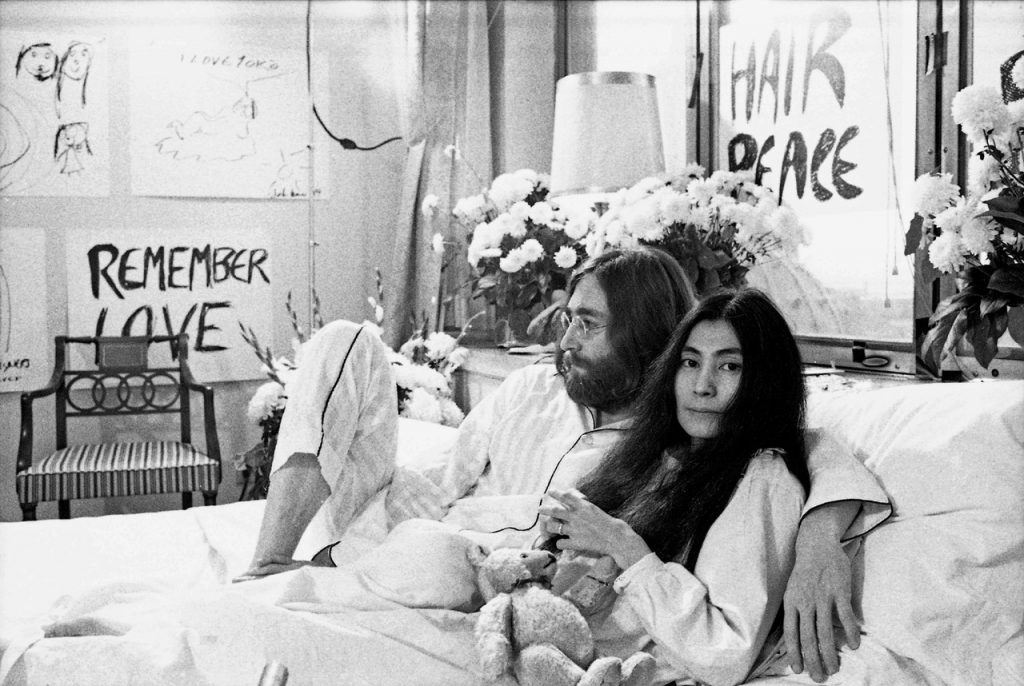 What is the most important thing you would like people to take away from this book?
What is the most important thing you would like people to take away from this book?
I am thrilled that people are calling the book “The Bible of well-being.” They are appreciating Yoko’s “cosmic consciousness.” They are appreciating her wise observations of the world, of society and of nature. Her humor shines through. They are learning new and important details about her as a person, and about her work. I mostly hope people appreciate Yoko’s important insights, and all the hardships that Yoko has turned into constructive life-lessons for us all.
Although Yoko was a hate object of the world for so many years, she never stopped trying to promote peacefulness among us. Her life story is a lesson in patience, truth, perseverance and in healing. We can all learn many valuable lessons from this woman. She told Crawdaddy in the summer of 1971, “People will understand my work, when my work is necessary to them. Then, they would suddenly start to realize my work. If my work is not necessary to them, they will never understand it, and they don’t have to understand it, so I’m not worried.”
Watch Yoko Ono back up John Lennon and, yup, that’s Chuck Berry…
- Emerson, Lake & Palmer ‘Welcome Back My Friends’ is Latest in Fan Memories Book Series - 12/25/2025
- That Haunting Female Vocal On ‘Gimme Shelter’ - 12/25/2025
- Musician Deaths of 2025 - 12/24/2025

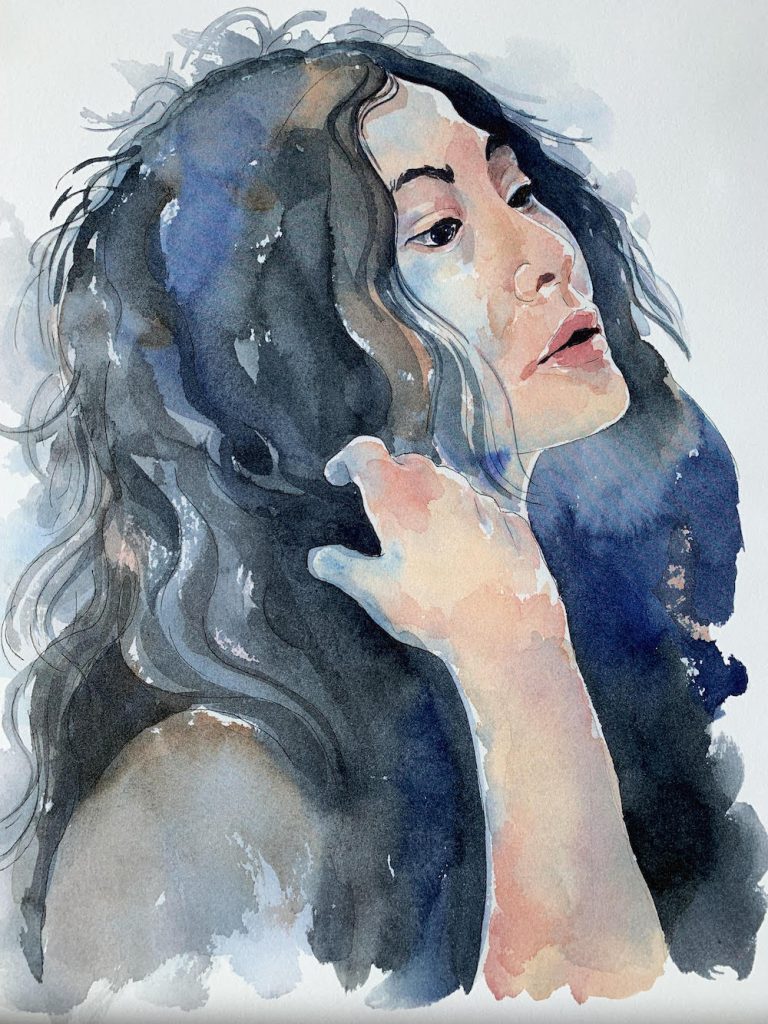


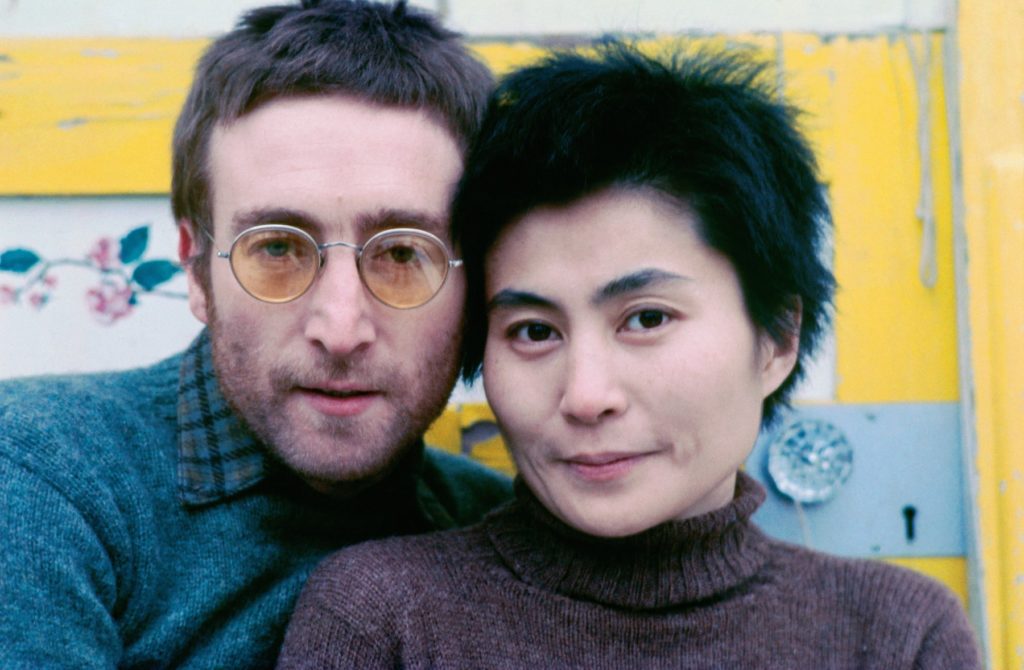
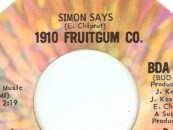
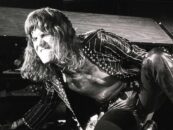
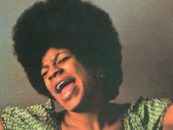
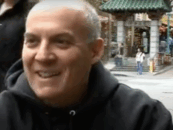

7 Comments so far
Jump into a conversationMadeline Bocaro has written the definitive book on Yoko. This is not hyperbole, this is fact. If you’re a fan of John & Yoko or just Yoko, get it!
“Yes” Yoko Ono. John Lennon found his stairway to heaven in tiny letters on a ceiling .IN YOUR MIND -THE INFINITE UNIVERSE OF YOKO ONO IS MY “YES”
Madeline Bocaro’s book is passionate and beautifully written.
Cannot recommend this book enough! Madeleine Bocaro shares so much about the regal and gracious person behind the Yoko Ono persona. It has also given me a new appreciation for Yoko’s non-musical art. Nice interview, too!
Amazing book. Well written and filled stories and information that allowed you to see Yoko in a whole new light.
Yoko Ono is someone most people know nothing about except her being married to John Lennon. This looks like a great opportunity to learn about her.
The pages ooze with passion and love for this beautiful person and inspiring artists.A joy to read. So many refreshing details about Yoko to love and appreciate.
Madeline Bocaro book on Yoko Ono is beautifully written. Long time fan of Yoko , the book took me deep into the life of Yoko. It’s a lovely journey for Yoko fans. Her history, her passion and love for the Arts, Music, John and Sean….